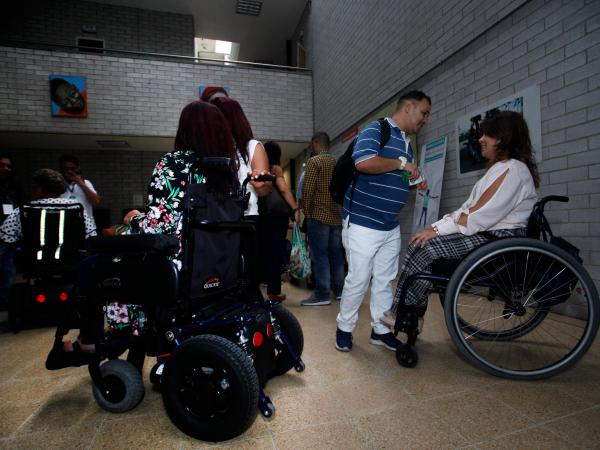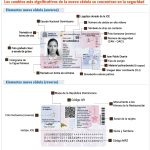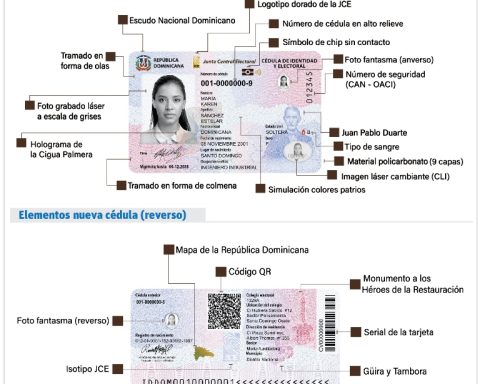More than half of the people with some disability condition, and who work, do so on their own.
According to the market report for this population group presented this week by the National Administrative Department of Statistics (Dane), for the period March-May 2022, of 458,000 people with some type of difficulty to carry out basic daily activities that are occupied, 239,000 are self-employed. That is, 52%.
(Read: Will Banrep intervene in the foreign exchange market due to the rise in the dollar?).
It is worth mentioning that for the Dane a person is classified as employed as long as they have worked at least one paid hour in the reference week; that although he did not work during that period he did have a job; or when they are unpaid workers who worked in the reference week at least 1 hour.
At the national level there 2.54 million people with some kind of disability, of which 2.17 million are of working age. Despite this, there are 1.64 million who remain outside the labor market, and 69,000 who are unemployed or looking for work.
On the other hand, the 30.6% of the employed who have some kind of disability, that is, 140,000 people work as private employees; 4% (18,000 people) as state employees, and 3.5% (16,000 people) are unpaid family workers. In addition, 16,000 are day laborers or laborers; 15,000 are listed as patrons or employers and 14,000 are engaged in domestic services.
Likewise, for the reference period, Dane reported that the unemployment rate for this population stands at 12.3%, a gap of 1.9 percentage points against unemployment for people without disabilities (11.3%).
The report delivered by the statistical entity also highlighted that for the reference period the branch of economic activity that concentrated the most employed population with disabilities was agriculture, livestock, hunting, forestry and fishing (19.8%), with 91,000 workers.
peasant population
The Dane also delivered this week another labor market report with a differential focus: that of the peasant population. According to official figures, in the moving quarter March – May 2022, 14.56 million people over 15 years of age they subjectively identified as peasant women at the national level.
Of this population, 4.88 million people live in urban capitals, while 9.66 million people who are considered peasants live in populated centers or municipalities and in rural areas. In these areas, 15.9% of the population does not recognize themselves as peasants.
(Also: Inflation would reach 9.32% in 2022, according to the Issuer’s survey)
Of the total of the peasant population there are 6.1 million who are employed, while 632,000 are looking for work. For the rural population, the unemployment rate was 9.3% in the reference quarter. In the case of peasant men, the indicator falls to 6.6%, while the unemployment of rural women is at 14.7%.
LAURA LUCIA BECERRA ELEJALDE

















